Jinbei, Hakama, Kimono, Japanese clothing are very numerous. Among them, we find the Yukata (generally tied by an obi belt).
In Kanji, Yukata (浴衣) literally means bathing suit. It is a very light kimono with a rather straight cut. The yukata kimono is worn by women as well as men.
The different colors and patterns are new things on this getup. Initially white and blue the first yukata served a very specific purpose: the baths and the interior of the house.
Nowadays, this clothing is part of the fashion in Japan. It is common to find Yukata with many different patterns and symbols, worn in the streets of Tokyo, Osaka or Kyoto during summer festivities.
Yukata fabric and its origins
In the Heian era (794-1185), the Japanese aristocracy wore in Japanese public baths (japanese onsen) a linen vest. Called "Yukatabira" this garment was used when leaving the bath and allowed the person who wore it to cover the body quickly on the one hand and on the other hand to dry himself.
In the land of the rising sun, after the democratization of the bathing ritual, the yukatabira is gradually replaced in favor of the Yukata. This cotton garment is much more appropriate when leaving the bath than a fabric made of linen. The Japanese people appropriated the Yukata at the beginning of the Edo period, a period in which it took its place in Japanese customs.
Yukata: a light kimono outfit

Nowadays, the use of Yukata has spread everywhere across the country. The traditional Japanese inns, the famous Ryokan, provide them to their guests upon their arrival. The Yukata is also used for Japanese folklore, during festivities or simply as a night dress.
Over the centuries the Yukata has established itself in Japanese culture as a garment that can be worn both outdoors and indoors. Lighter, more relaxed and especially less formal than the traditional kimono, the Yukata is the mixed garment par excellence. Its cottony fabric also allows you to wear this outfit during the hot season, which takes place from June to October in the archipelago.
This light, colorful and relaxed style attracts designers from abroad. Haute couture, leather goods and fast-fashion many Western designers have been trying to appropriate the Japanese dress codes since the late 90s.
How to wear a Kimono Yukata ?

As we discussed a little above, the Yukata is usually tied with a obi belt. Moreover, it is important to close it well so that it does not go out in public! Like the hadajuban, the Yukata is worn directly over the undergarments. In order to complete the outfit, Japanese people use geta as shoes. These thin sandals perfectly match the different colors of the yukata.
Style question? Don't panic: there are many colors and patterns (Mount Fuji, nami, koi carp, Japanese crane, kitsune, komainu) for yukata intended for women and children. However as far as men are concerned, yukata are generally sober and pure, with darker tones.
A little formality! One of the only rules not to transgress in Japanese culture is to close your yukata by taking care to put the left side on the right side! In fact, the reverse refers to the outfit that one puts on a person in Japan.
Where are the Yukata made?
The nerve center of Japanese textiles is in the Kyoto region. Indeed, this once thriving Japanese clothing industry finds its cradle in the city of Kyoto and its surrounding area. With the increase of globalization, we tend to think that fabrics come from less expensive countries, where labor laws are cheap for example. In reality, it is the opposite. The capital of the yukata and kimono remains despite the economic upheavals of the 21st century, the city of Kyoto.
However, in Asia, the fabrics used for traditional dress are of very good quality (Thailand, China or well Korea).
What is the difference between the Yukata and a Kimono?

The yukata is overall more practical and easier to wear than a kimono. Indeed, the latter requires less accessories, nor clothes underneath. Moreover, at the level of the closing, the yukata still has some advantages. It requires only two fasteners to be properly tied, while the kimono needs twice as many. The obi used for the yukata is often more sober and easier to tie. Japanese women innovate by inventing original techniques to close it.
As for the kimono, it is often fitted with a more formal obi that depends on the occasion. The last difference is in the feet. The yukata is worn with geta and bare feet, while a kimono is worn with zori and traditional socks namely the tabi.
To learn more about how to differentiate a kimono and a Yukata, we have written an article that relates the specifics of these two traditional Japanese clothing so you can't go wrong anymore!
Where to buy a Yukata?

If you travel to Japan, you will definitely see Yukata on Japanese streets and even wear one if you go to the famous ryokan. From then on, you can see for yourself the comfort combined with the elegance!
On the archipelago, you will easily find yukata, in the various streets of Tokyo. Harajuku, Ginza Shimokitazawa, Ikebukuro, Shibuya, Hinjuku, these districts of the Japanese capital are very popular for shopping. Prices vary according to the accessories and the quality of the fabric, in sum the prices range from 35 to 100 euros (without accessories). In specialized stores you can find the accessories you need like geta or obi and yukata all grouped in "packs".
The little tip of the r&eac is the thrift stores! Often forgotten, thrift stores are full of quality items. Unique clothes often handmade in the respect of the Japanese culture. However, it is necessary to accept to wear second hand clothes.
To conclude, you should know that in the Japanese culture, there are a multitude of clothes that all have a particular origin. In this highly codified society, each outfit has a particular meaning. Initially worn by the Japanese aristocracy during the bath, the Yukata was able to re-invent itself over the centuries by crossing era after era.
Truly in vogue, the yukata is the ultimate Japanese garment, whether for outdoors, for festivities, or even for relaxing at home.
If the travel to Japan is not for right now, you can always check our catalog of kimono or even Jinbei kimono. You will find items that combine modernity and authenticity!




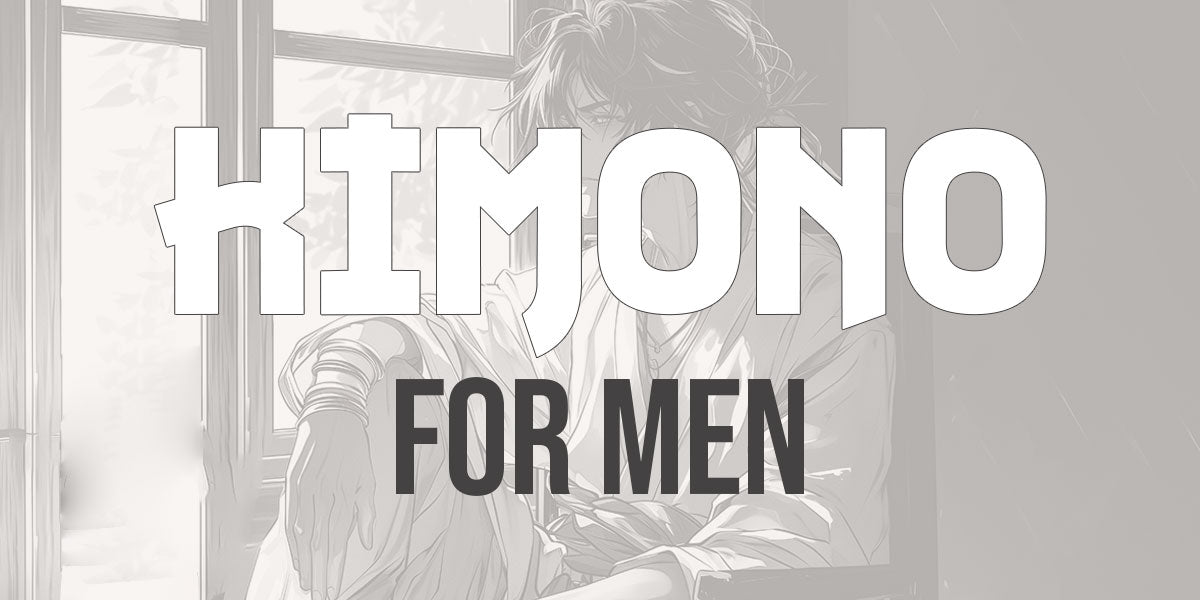
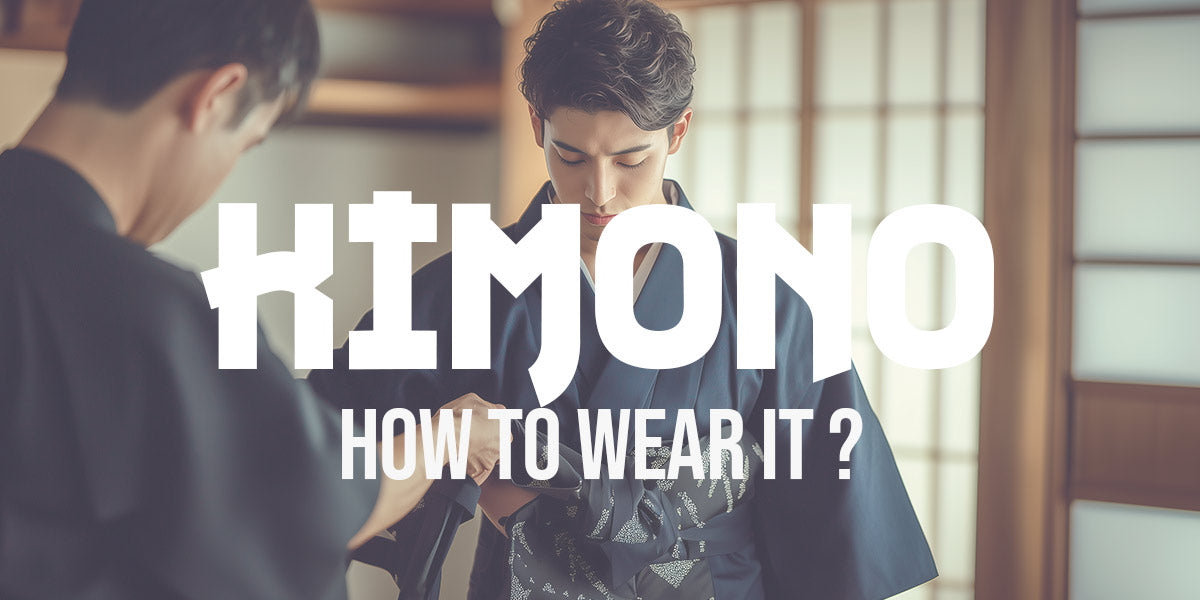
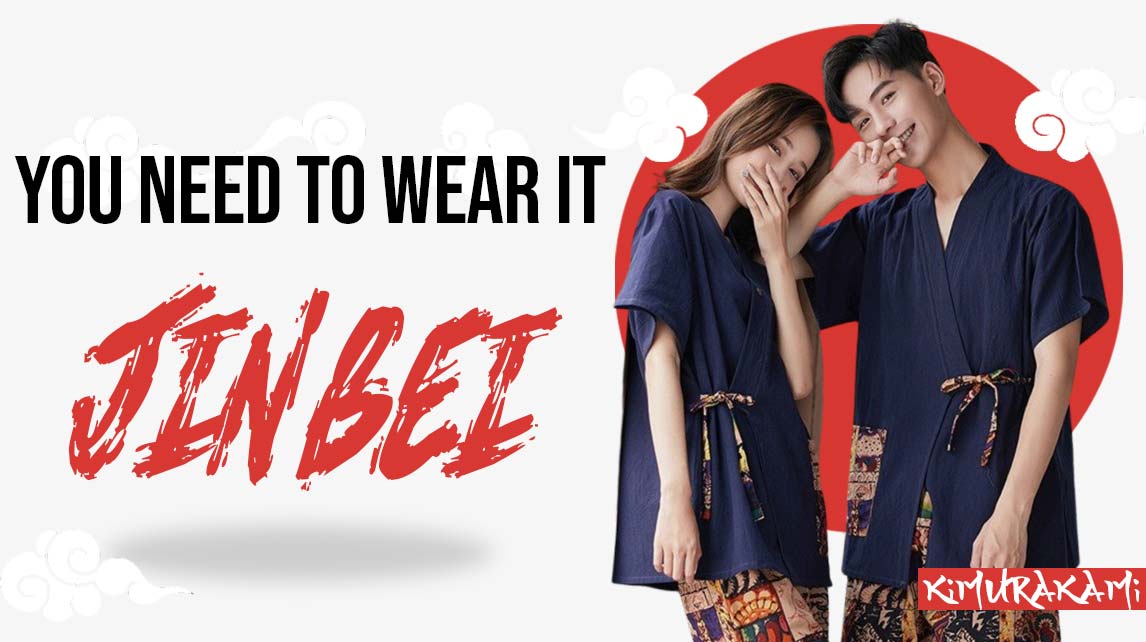
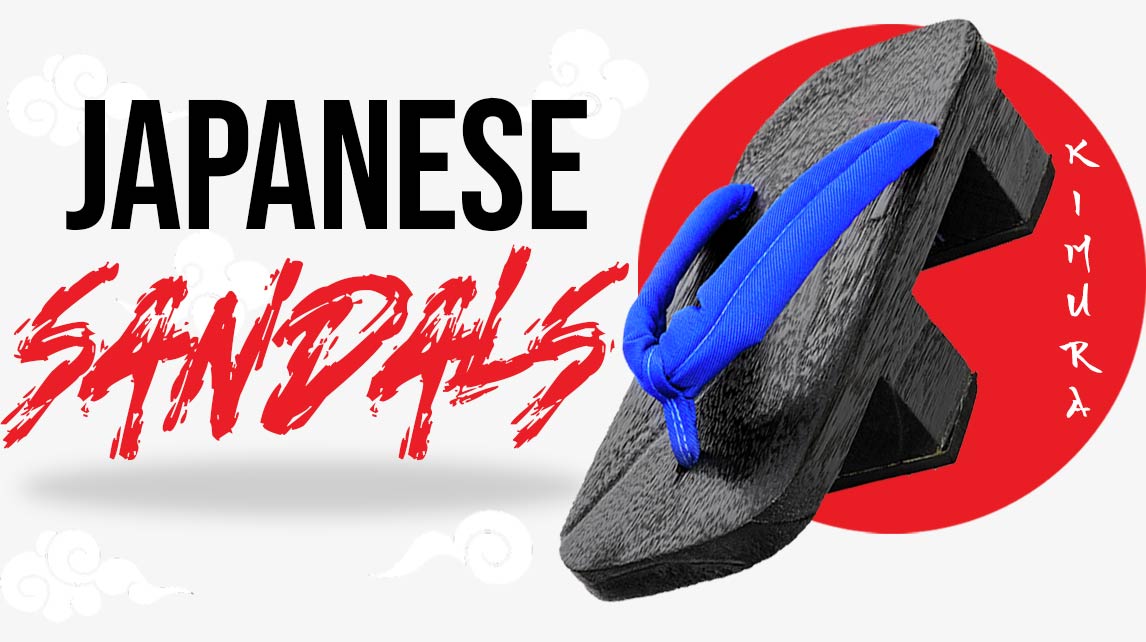
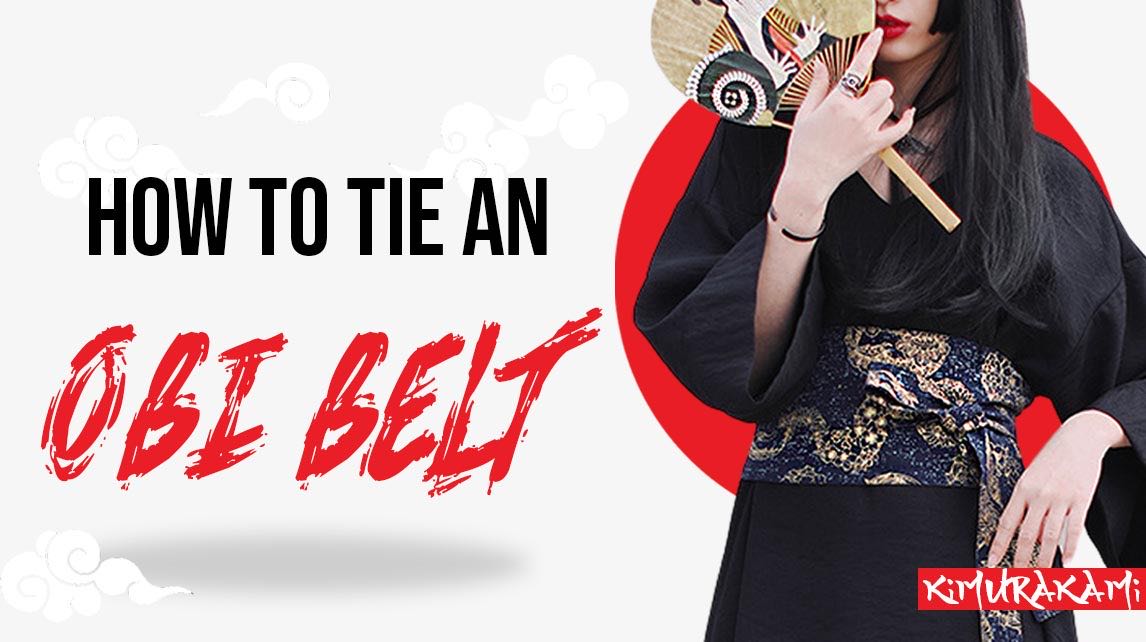
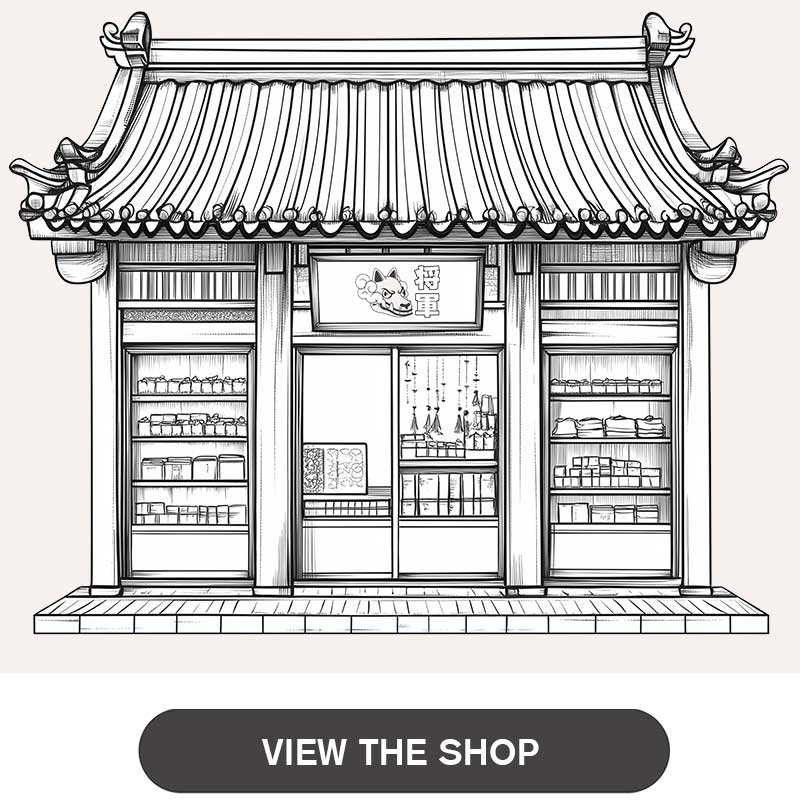
Leave a comment